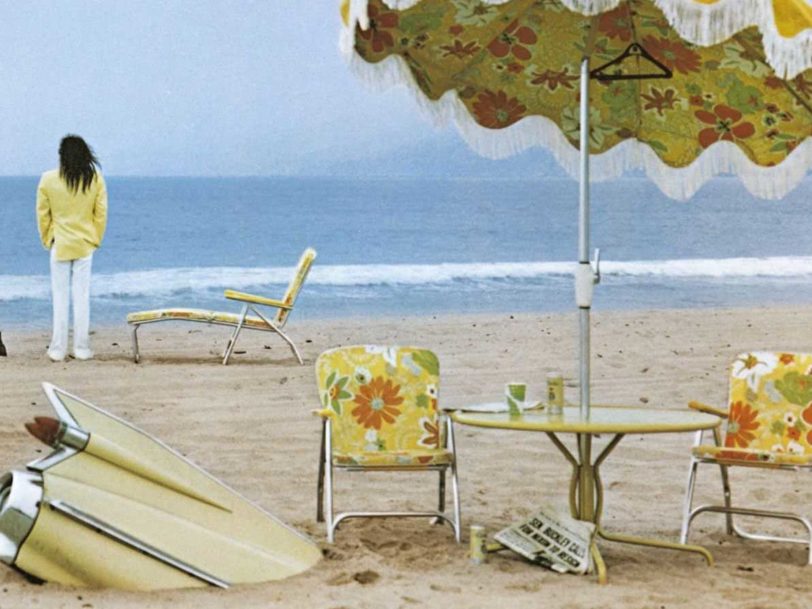On The Beach, which took two months to record in early 1974, was the first studio recording Neil Young released following the huge success of 1972’s Harvest, despite the fact that he had already recorded and mixed an album called Tonight’s The Night.
Part of the so-called “Ditch Trilogy” of albums that also includes Time Fades Away and Tonight’s The Night (which eventually came out in 1975), On The Beach is a melancholy, intensely introspective triumph. The recording sessions for the album were chaotic, however, and Young’s co-producers, David Briggs, Mark Harman and Al Schmitt, sometimes struggled to keep control of the drug-fuelled, alcohol-drenched days spent recording at Sunset Sound in Hollywood.
Listen to ‘On The Beach’ here.
On The Beach was made during a time when the 28-year-old Young’s life was in a tailspin. His relationship with actress Carrie Snodgress (the mother of his first child) was beginning to come apart at the seams – something suggested in the embittered song Motion Pictures (For Carrie). Young was also heavily taken by a cocktail of sautéed marijuana and honey which, he told a crowd at a preview show at New York City’s Bottom Line, he and the crew called a “honey slide”.
“It was a period of disillusionment”
All this turmoil added to the mix of material that came out when he transformed his maudlin thoughts about contemporary North America and his own problems into songs. Young told his biographer Jimmy McDonough that the time of On The Beach was “pretty dark, not really that happy”, adding, “I think it was a period of disillusionment about things turning out differently than I had anticipated.”




